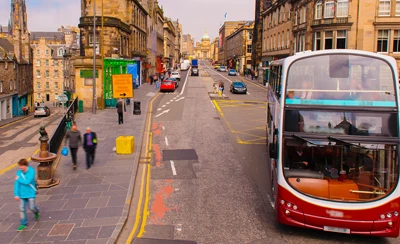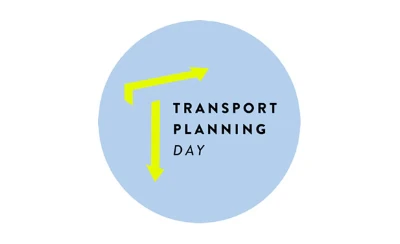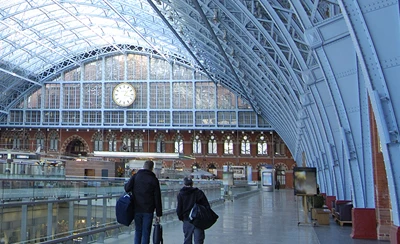TPS Chair’s letter to LTT, 29th March 2012
Responding to LTT front page report on the new forecasts
Dear LTT
I’m sure that mine were not the only pair of eyebrows to be raised when reading your report of the latest Government National Traffic Model (NTM) forecasts, especially in relation to London ‘Traffic growth to resume in London’ LTT 16 Mar).
The NTM is now so far away from reality that there must be an urgent review of how this has come about. For example, the results of TfL’s modelling for the Mayor’s strategy shows economic growth and population growth, but no growth in car trips, in Greater London between 2006 and 2031.
The NTM covers a slightly different 25-year period, 2010 to 2035, but predicts a 43% rise in London’s road traffic. This difference is so huge it is nowhere near being explained by the DfT using last year’s economic growth forecasts, which had GDP rising 13.5% between 2010 and 2015. We should be so lucky – the Office of Budgetary Responsibility’s most recent forecast is 9.7%.
In addition, we are in the middle of major changes in travel demand that will be at least as important as the advent of the hatchback and the big supermarket shop, or the opening of the motorway network: high-speed broadband, video smartphones, internet shopping and internet-based business-to-business communication to name a few.
And there’s the little matter of licence holding – in the last decade it’s been falling in age groups up to 39 (men) and 29 (women). Even the car as symbol of achieving adulthood has lost its power – the surveys say nowadays it’s how good you are with the Apps on your smartphone and your tablet.
Why is this important? Because NTM growth is driven by the idea that a “saturation” level of car ownership (in which everyone who wants to, owns a car) will inevitably be achieved at some time in the future. That’s why, whatever happens, the upward trend remorselessly returns. And saturation car ownership depends on saturation levels of licence holding. Low licence holding among the young and middle aged is not the only warning sign that this is no longer realistic – there’s the not insignificant issue of how many of those in the oldest age groups will want, or be able, to drive around.
The forecasters also need to understand that there is a parallel but equally important end state called equilibrium (i.e where traffic levels have stabilised). For example, taking into account costs, congestion, availability of alternatives, and the ability to get shopping delivered, people are increasingly deciding not to use the car for the supermarket trip.
Somewhere along the line this is going to reduce the growth in multi-car owning households, as it has already done so in inner London. Rather than using two separate cars, households will group trips together to reduce car mileage. Car sharing can happen within households as well as at the workplace. We may well reach equilibrium (traffic stabilisation) before we reach saturation, and in many places we’re there already. However, this should not prevent the saturation level itself being seriously revisited.
This would be academic if it were not that these forecasts are used to underpin decisions on what transport infrastructure we build. And getting value for money, based on the best evidence, is what we need more than ever in this post-recession world. I would hate to think that the national forecast was in any way responsible for letting through some of the less likely local major transport schemes in the DfT’s development pool – it was supposed to be a competition with winners and losers, remember?
I’m not objecting to the Chancellor following Keynes in digging holes to create employment, but when the holes do irreparable environmental damage and even the benefit:cost ratios don’t stand up I think I’d prefer we sorted this out and identified the schemes we really should be building for the future.













